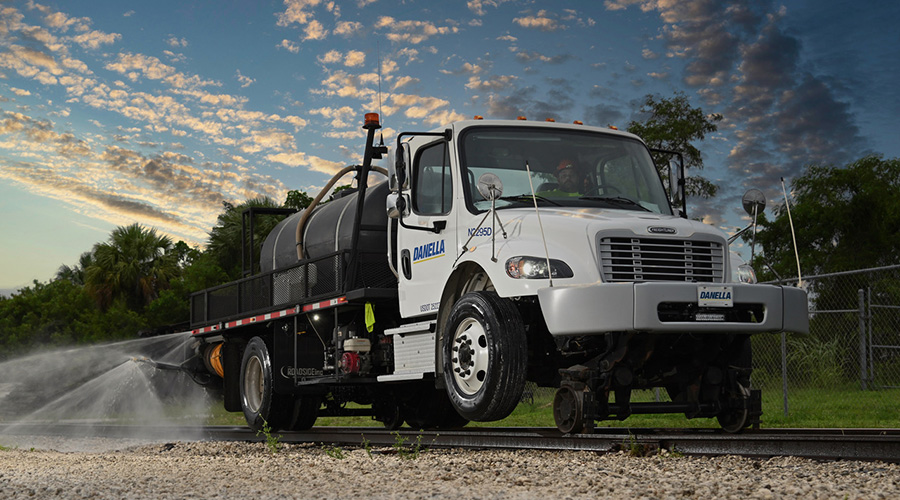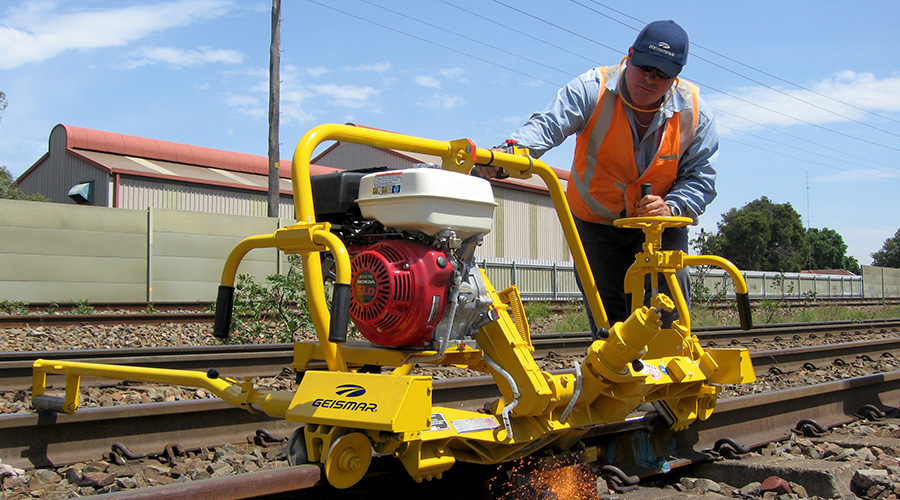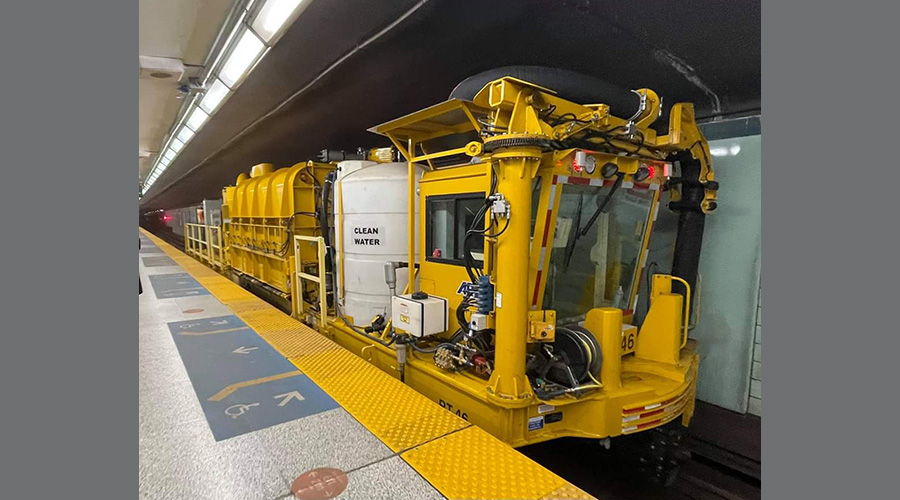Stay updated on news, articles and information for the rail industry
February 2017
Part 1 : IoT: The rail industry is learning to analyze data to answer specific MOW questions
Part 2 : Sidebar: Embrace data to improve safety, FRA says
Part 3 : Sidebar: Big Data - A few definitions
Part 4 : Sidebar: How to think like a data scientist
Rail News: MOWSidebar: Big Data - A few definitions
Data analysis requires context, and data scientists likely will be coming to railroaders to get that context. Here are some terms they might hear.
“Data analytics” can be separated into quantitative and qualitative data analysis. The former involves analysis of numerical data, quantifiable variables and comparing or measuring those values statistically. The qualitative approach is more interpretive. It seeks to understand the content of non-numerical data like text, images, audio and video.
Railroads have long been involved in an advanced type of data analytics called machine learning. This artificial intelligence technique, often applied to locomotives, uses automated algorithms to churn through data sets more quickly than data scientists can do via conventional analytical modeling. Other advanced types of data analytics include data mining, which sorts through large data sets to identify trends, patterns and relationships; and predictive analytics, which seeks to predict customer behavior, equipment failures and other future events.
Big Data analytics, which is the next advance in the science, applies data mining, predictive analytics and machine learning tools to sets of big data that often contain unstructured and semi-structured data.
Keywords
Browse articles on Big Data data analyticsContact Progressive Railroading editorial staff.


 LRW Honors Amtrak’s Acheson As Railway Woman Of The Year
LRW Honors Amtrak’s Acheson As Railway Woman Of The Year
 From Editor-In-Chief Foran: Of Gender Equity And Inclusion
From Editor-In-Chief Foran: Of Gender Equity And Inclusion
 Spotlight On Some Of Today’s Rail Safety Products
Spotlight On Some Of Today’s Rail Safety Products
 Women of Influence in Rail eBook
Women of Influence in Rail eBook
 railPrime
railPrime







